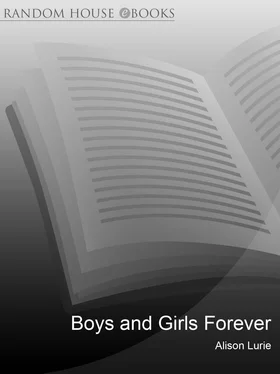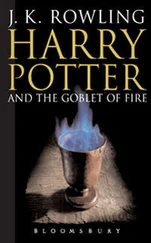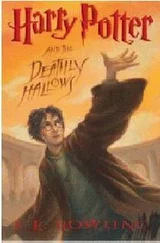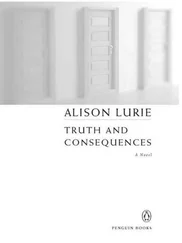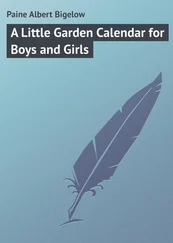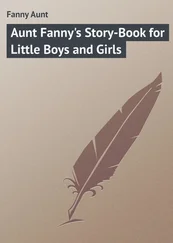, p. 69.
13
.
Ibid., pp. 273–74.
14
.
Wullschlager,
Hans Christian Andersen
, pp. 70–71.
15
.
Journal for May 4, 1841, quoted in Wullschlager,
Hans Christian Andersen
, p. 200.
16
.
Wullschlager,
Hans Christian Andersen
, p. 6.
17
.
Ibid., p. 34.
18
.
Ibid., p. 215.
19
.
Ibid., pp. 49–50.
20
.
Ibid., p. 179.
21
.
Ibid., p. 5.
22
.
Andersen,
Fairy Tales and Legends
, p. 116.
23
.
Ibid., p. 226.
LITTLE WOMEN AND BIG GIRLS: LOUISA MAY ALCOTT
1
.
Alcott,
Little Women
, p. 179.
2
.
See Brumberg, “Something Happens to Girls,” p. 30.
3
.
Alcott,
Little Women
, p. 227.
4
.
Ibid., p. 228.
5
.
Ibid., p. 390.
6
.
Ibid., p. 267.
7
.
Ibid., p. 446.
8
.
Elbert,
A Hunger for Home
, p. 210.
9
.
It is not true, as often asserted, that every girl identifies with Jo. Though many do, an informal survey of several hundred students at Cornell over the past thirty years has turned up many who related most closely to Meg, Beth, or Amy.
10
.
Alcott,
Little Women
, p. 164.
11
.
Ibid., p. 13.
12
.
Jo, however, is not allowed to continue writing the sort of popular and sensational adult stories, full of sex and violence, that her creator published. Under the influence of her future husband, Professor Bhaer, she feels “horribly ashamed” of them and throws them all into the fire.
13
.
Alcott,
Jo’s Boys
, p. 50.
14
.
Elbert,
A Hunger for Home
, p. 242.
15
.
Hollander, “Portraying ‘Little Women’ Through the Ages,” p. 11.
16
.
Alcott,
Little Women
, p. 14.
17
.
Ibid., p. 184.
THE ODDNESS OF OZ
1
.
See especially Carl S. Vogel’s very interesting and perceptive analysis of Oz as a feminist, anti-romantic world in “The Amazonia of Oz,”
The Baum Bugle
.
2
.
Hearn,
The Annotated Wizard of Oz
, p. 12.
3
.
Carpenter,
L. Frank Baum
, p. 25.
4
.
Gardner and Nye,
The Wizard of Oz and Who He Was
, p. 47.
5
.
Carpenter,
L. Frank Baum
, p. 4.
6
.
Gage,
Women, Church, and State
, p. 13.
7
.
Matilda Gage Web site, p. 5.
8
.
Baum,
The Tin Woodman of Oz
, p. 156.
9
.
Baum,
Glinda of Oz
, pp. 21–22.
10
.
Baum,
Ozma of Oz
, pp. 96–98.
11
.
Baum,
Dorothy and the Wizard in Oz
, p. 26.
12
.
Ibid., p. 141.
13
.
Baum,
The Patchwork Girl of Oz
, p. 340.
14
.
Beckwith, “The Oddness of Oz,” p. 87.
15
.
Ibid., p. 82.
16
.
Baum,
The Tin Woodman of Oz
, p. 31.
17
.
Ibid., p. 277.
18
.
Ibid., p. 278.
19
.
Ibid.
20
.
Baum,
The Wonderful Wizard of Oz
, p. 7.
21
.
Ibid., p. 12.
22
.
Wagner,
She Who Holds the Sky
, p. 7.
23
.
Baum,
The Marvelous Land of Oz
, p. 85.
24
.
Ibid., p. 89.
25
.
Ibid., p. 170.
26
.
Ibid.
27
.
Ibid., pp. 282–83.
28
.
Baum,
The Lost Princess of Oz
, p. 266.
29
.
Baum,
The Patchwork Girl of Oz
, p. 137.
30
.
According to some critics, the Oz books have always especially appealed to gay men and boys, who identify with the Scarecrow and the Tin Woodman, whom they see as homosexual friends; with Tip, the boy who becomes Ozma; or with the Cowardly Lion as played by Bert Lahr in the MGM film in a somewhat camp manner. At the Oz centennial in Bloomington, Indiana, the scholar Dee Michel, who is writing a book about the subject, gave an enthusiastically received talk on the topic.
31
.
Chaston, “If I Ever Go Looking for My Heart’s Desire,” p. 212.
32
.
Baum,
Glinda of Oz
, p. 13.
33
.
See Carpenter,
L. Frank Baum
, p. 134.
IS ANYBODY THERE? WALTER DE LA MARE’S SOLITARY CHILD
1
.
De la Mare,
Memoirs of a Midget
, p. 16.
2
.
Letter to Henry Newbolt, 18 February 1905, quoted in Whistler,
Imagination of the Heart
, p. 26.
3
.
Whistler,
Imagination of the Heart
, p. 25.
4
.
De la Mare, “Rupert Brooke and the Intellectual Imagination,” 1919, reprinted in
Pleasures and Speculations
, p. 179.
5
.
De la Mare,
Pleasures and Speculations
, p. 176.
6
.
De la Mare,
The Listeners and Other Poems
, pp. 69–70.
7
.
De la Mare, “Maria-Fly,” in
The Magic Jacket
, p. 75.
8
.
Bremser, “The Voice of Solitude: The Children’s Verse of Walter de la Mare,” p. 66.
9
.
Whistler,
Imagination of the Heart
, p. x.
10
.
Ibid.
11
.
Ibid.
12
.
Ibid., p. 122.
13
.
Ibid., p. 67.
14
.
Ibid., p. 36.
15
.
Quoted in Whistler,
Imagination of the Heart
, p. 199.
16
.
Whistler,
Imagination of the Heart
, p. 183.
17
.
De la Mare,
Memoirs of a Midget
, p. 267.
18
.
Ibid., p. 209.
19
.
Ibid., p. 33.
20
.
De la Mare, “The Wharf,”
The Connoisseur
, pp. 283–306.
21
.
Whistler,
Imagination of the Heart
, p. 338.
22
.
Ibid., p. 299.
23
.
De la Mare,
Peacock Pie
, p. 8.
24
.
Ibid., p. 12.
25
.
Whistler,
Imagination of the Heart
, p. 338.
26
.
De la Mare, “Willows,” in
On the Edge
, pp. 79–80.
27
.
Ibid., pp. 69–70.
JOHN MASEFIELD’S BOXES OF DELIGHT
1
.
Masefield,
Collected Poems
, p. 27.
2
.
A former student of mine who has become a professional astrologer believes that the split between Masefield’s public and private selves was due to his having been born exactly at midnight. If you are born at midnight, he claims, your outer self is the exact opposite of your inner self, while if you are born at noon, they are identical. In this context, it is interesting that Masefield’s most haunting children’s book is called
The Midnight Folk
.
3
.
Hoffman,
Sewanee Review
, pp. 402–3.
4
.
Ibid., p. 394.
5
.
Ibid., p. 395.
6
.
Читать дальше
